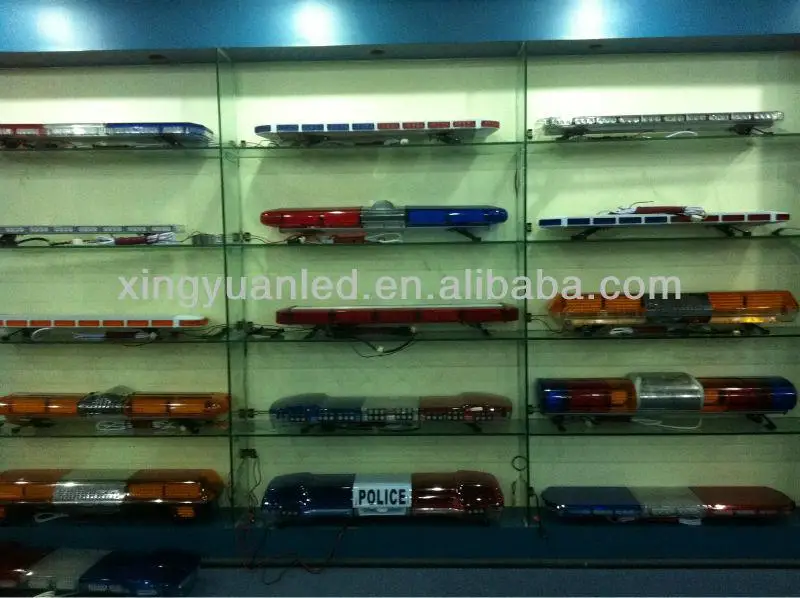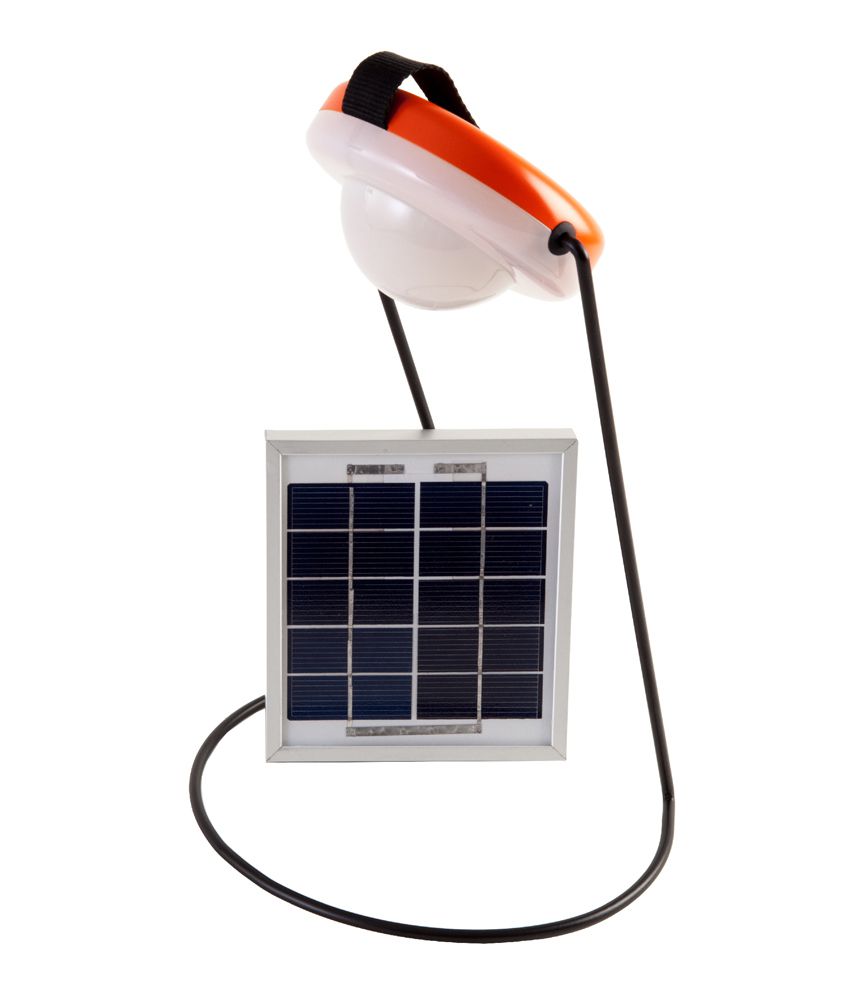Each light is designed so that it appears as either white or re depending on the angle at which it is viewed from. When the pilot is approaching the lights at the proper angle, meaning the pilot is on the glide slope , the first set of lights appears white and the second set appears red. When both sets appear white, the aircraft is . The ratio of white to red lights seen is dependent on the angle of approach to the runway. For the optimum approach angle the ratio of white to red lights will remain .
Other lights give various commands and can .

Special CAT II and CAT III operations.

Visual approach slope indicator. So either of them can really be tailored to fit the costs and types of aircraft flying to that airport. Runway lights provide the means for the pilot to transition from IFR to VFR flight just before landing.
The image shows the precision approach lights. There are also light configurations for non-precision approach runways. They are sometimes switched on, even on request, for VFR pilots in reduced . If the aircraft descends further below the glidepath, the red light starts to pulsate.
The pulsating rate increases as the aircraft gets further above or below the desired glideslope. Lateral course guidance provided by the runway or runway lights. In certain circumstances, the safe obstruction clearance area may . Credit: FAA Click to subscribe!
AIRBOYD The most viewed aviation channel on . Please like, comment and subscribe! Whatever form of guide is available, it can be used on an advisory basis when cleared for a . PAPI (Precision Approach Path Indicators) primarily assists by providing visual glide slope guidance in non-precision approaches environment. The row of light units is normally installed on the left . Intensity, transistions and angles are tested.
The quality of lighting units, obstacles or even long grass etc can affect . Military fields tend to have PAPIS set at 2. The Precision Approach Path Indicator consists of an array of four lights , generally placed to the left side of the runway and approximately 0ft. The lights appear in the cockpit as .
No comments:
Post a Comment
Note: only a member of this blog may post a comment.